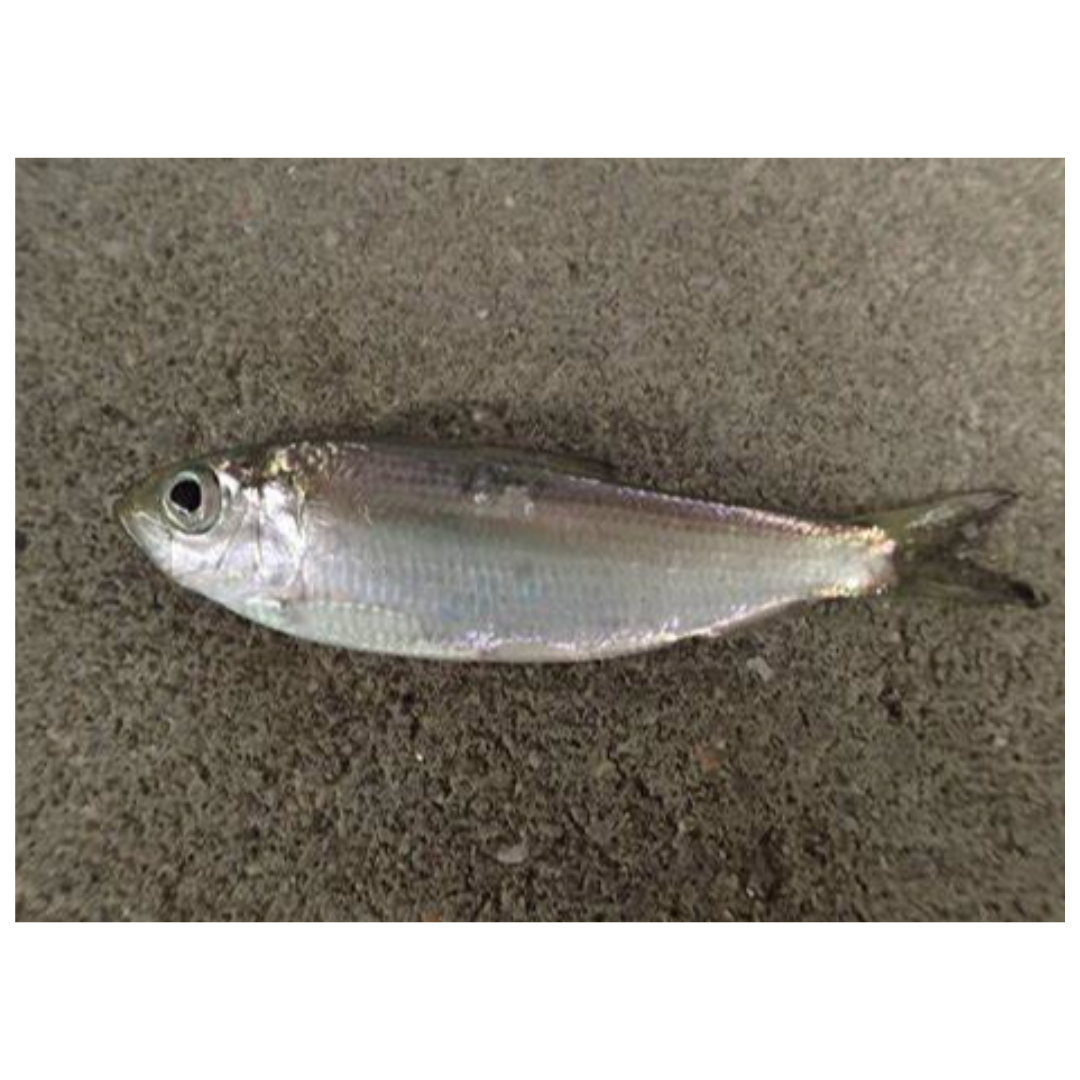
Alewife Fish
Share
The Alewife (Alosa pseudoharengus) is a small, migratory fish species that plays a crucial role in both freshwater and marine ecosystems. Native to the Atlantic Ocean and Great Lakes, this fish is known for its significant ecological and economic impact.
Identification
Alewives are small, silvery fish typically growing up to 10-12 inches in length. They have a compressed body with a single dorsal fin, a forked tail, and a dark spot located just behind their gill cover. Their large eyes and distinctive lower jaw make them easily recognizable.
Habitat and Behavior
Alewives are anadromous, meaning they spend most of their lives in the ocean but migrate to freshwater rivers and lakes to spawn. They typically spawn in late spring or early summer, with each female capable of producing thousands of eggs. Alewives are schooling fish and prefer cool, open waters, making them a vital prey species for many larger fish, birds, and marine mammals.
Ecological Impact
Alewives play a key role in the food web, serving as a primary food source for many predators, including salmon, bass, and trout. However, when introduced to non-native freshwater systems, such as the Great Lakes, they can have adverse effects. Large populations of Alewives can outcompete native species for resources and disrupt local ecosystems. Additionally, they are known to cause thiamine deficiencies in predators that rely heavily on them as a food source, impacting fish reproduction and survival rates.
Fishing and Management
Alewives are commercially fished for use as bait in lobster and crab fisheries and for fish meal production. Effective management of Alewife populations is crucial, particularly in regions where they have become invasive. Efforts to restore natural spawning runs in rivers and improve fish passage at dams are ongoing to support both Alewife populations and the species that depend on them.
Conclusion
The Alewife fish is a critical species in both marine and freshwater environments. Understanding their identification, habitat, and ecological impact is essential for managing their populations and ensuring the health of the ecosystems they inhabit. Responsible management practices and awareness can help maintain the balance of our aquatic environments.
